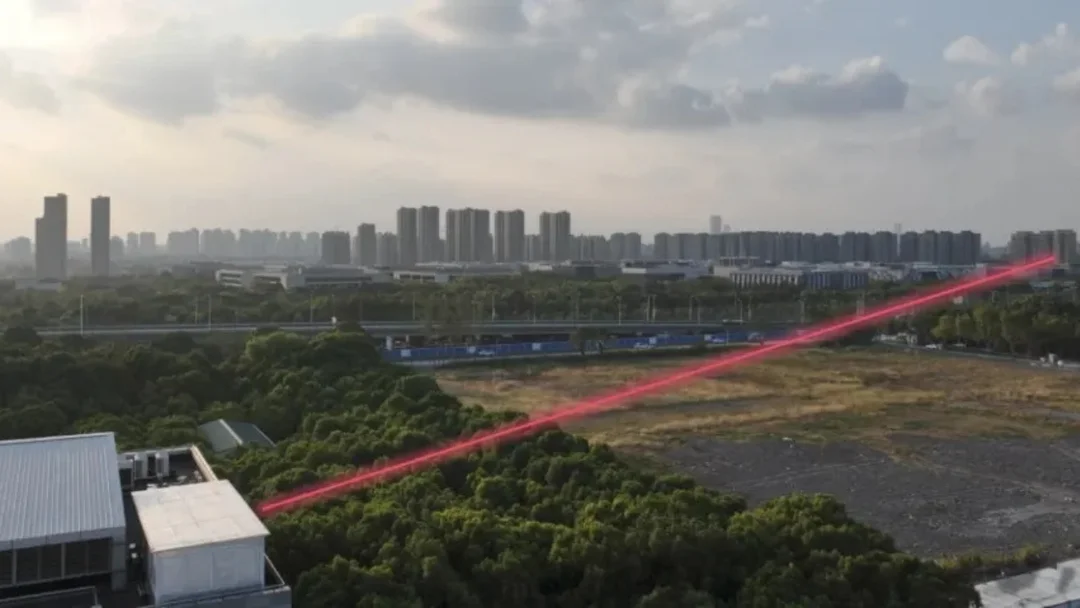
China’s ‘Spy Laser’ Can Read Text Smaller Than Rice Grain From a Mile Away: Breakthrough or Privacy Threat?
Chinese scientists have reportedly developed a groundbreaking laser-based imaging system capable of reading text as small as one millimeter from nearly a mile away. This technology, dubbed a 'spy laser' by some, raises exciting possibilities but also sparks concerns about privacy and surveillance.
The researchers claim their system, based on a technique called active intensity interferometry, overcomes limitations of traditional telescopes and long-range lenses. Standard systems at a mile’s range can only make out objects around 42 millimeters in size. This new laser can accurately resolve millimeter-scale text. According to their study published in Physical Review Letters, the new laser system can pick up small details from 1.36km away (0.85miles) that standard telescopes and binoculars would miss.

Here's how it works: Instead of directly capturing an image, the system analyzes how laser beams interact with a surface. It measures the light pattern bouncing back from a target to reconstruct high-resolution images of extremely small features. The research team claims the laser system achieved a 14-fold improvement in resolution compared to what a single telescope could capture at the same distance.
However, the technology has limitations. It requires a clear line of sight and isn't stealthy, as the target needs to be actively illuminated with laser light. Atmospheric conditions like dust or fog could also affect performance.

Despite concerns about potential misuse, researchers suggest constructive applications. Archaeologists could use it to examine ancient carvings on cliffs, while environmental scientists could monitor distant wildlife habitats without disturbing them. Infrastructure inspectors could scan for micro-cracks on remote structures.
The team is working to improve the laser's ease of use and integrate artificial intelligence (AI) to enhance image reconstruction. AI could help reconstruct images more accurately. While some experts have raised concerns that humans will eventually lose control of super-intelligent AI, this technology could become a standard tool for various fields.
The Ethical Implications
This breakthrough begs the question: Is the enhanced resolution and long-range capability of this 'spy laser' worth the potential intrusion on privacy and security? The debate continues as researchers explore ethical guidelines for its implementation.
What are your thoughts on this technology? Share your opinions in the comments below!